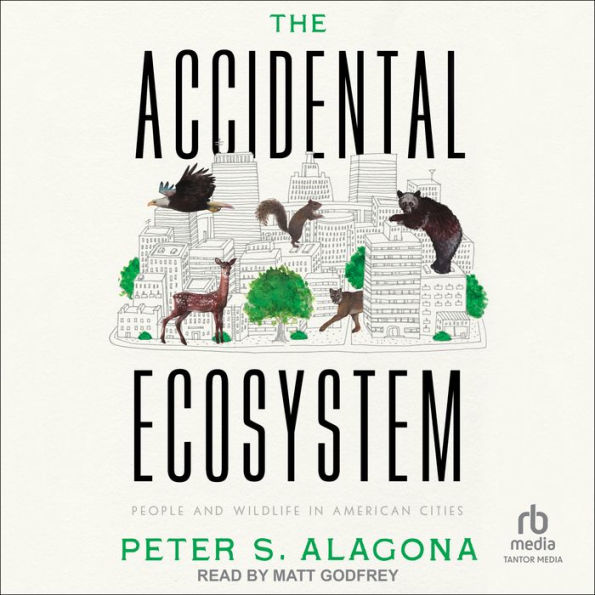02/14/2022
Historian Alagona (After the Grizzly) skillfully demonstrates how America’s cities have become “weird wildlife refuges,” in this hopeful account. He sets the stage by describing animal life in cities in times past: many metropolises were founded on sites of biological richness, but as cities grew, wildlife populations declined. But in the past few decades, that’s changed, and cities have become places with rich ecosystems that have fostered an “explosion of wildlife”: there’s Pedals, New Jersey’s suburban black bear, who captured townspeople’s, and the internet’s, hearts in 2014–2016; Los Angeles’s P-22 puma, who made an unlikely trek through Santa Monica around 2011; and Chicago’s coyote 748, who in 2014 began attacking neighborhood dogs after he became a father. Time and again, Alagona argues that people must learn to live with wildlife: “The truth is that coexisting with wildlife... is hard work,” but such effort comes with extensive benefits: If humans take care of the “neediest and most vulnerable among us,” he writes, “then someday we may all live in... more sustainable communities defined by diversity and coexistence.” Fans of Mary Roach’s Fuzz will want to give this a look. (Apr.)



